Mu6 Ring
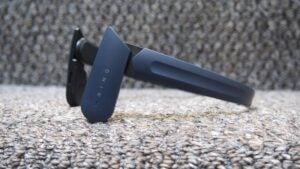

The Mu6 Ring are an affordable, workout-friendly set of headphones for those wanting to remain aware of their audio surroundings. However, average sound quality matched with an awkward-looking design means they stand out for the wrong reasons.
Pros
- Light design
- Good battery life
- Well-integrated controls
Cons
- Average sound quality
- Not the sleekest looking
- Plasticky build
Key Features
- Onboard controlsControl play, pause, volume, and voice assistant on headphones
- WaterproofingUp to IPX5 resistance against sweat and light rain
Introduction
The Mu6 Ring are wireless open-ear headphones firmly aimed at runners and cyclists, offering that hit of sound without entirely drowning out the world around you.
Unlike bone conduction headphones such as those made by AfterShokz, the Mu6 Ring use something they call ‘air conduction’ to deliver that open-ear experience. While that sounds exciting, it actually means planting speakers in close proximity to your ears.
The hope is that by swapping bone conduction for the air kind, you can enjoy louder, better-quality sound while still getting the benefits of being more aware of your surroundings.
At a price that certainly won’t break the bank, there’s plenty that intrigues about the Mu6 Ring. The question is whether the headphones deliver where it matters.
Availability
- UKRRP: £59.99
- USARRP: $89.99
The Mu6 Ring are available to buy for £59.99 from Amazon UK and $69.99 from Amazon US.
Design
- 120-degree rotating ear pieces
- Physical controls
- Weighs 35g
The Mu6 Ring don’t embrace bone conduction; however, they certainly adopt a similar headband-style to such headphones, dropping a reasonably slender frame around the head, which rests above the top of the ears.

There are no specific details about the materials from which they’re made, but from sight it’s clearly a predominantly plastic build. There’s a more flexible section at the back of the headband-style frame, with soft padding to ensure you don’t have plastic rubbing against the back of your head. There’s some soft padding at the temples, too, where you might feel some pressure of wearing these headphones for longer workout sessions.
I can’t say that comfort has been a major issue for me. The Mu6 Ring weigh just 35g, and once they’re on, they don’t feel cumbersome at all. I’ve used them whilst running, rowing, using an indoor bike and for HIIT workouts, and they’ve stayed put. They’re light, sure, but they do offer a reliable fit.
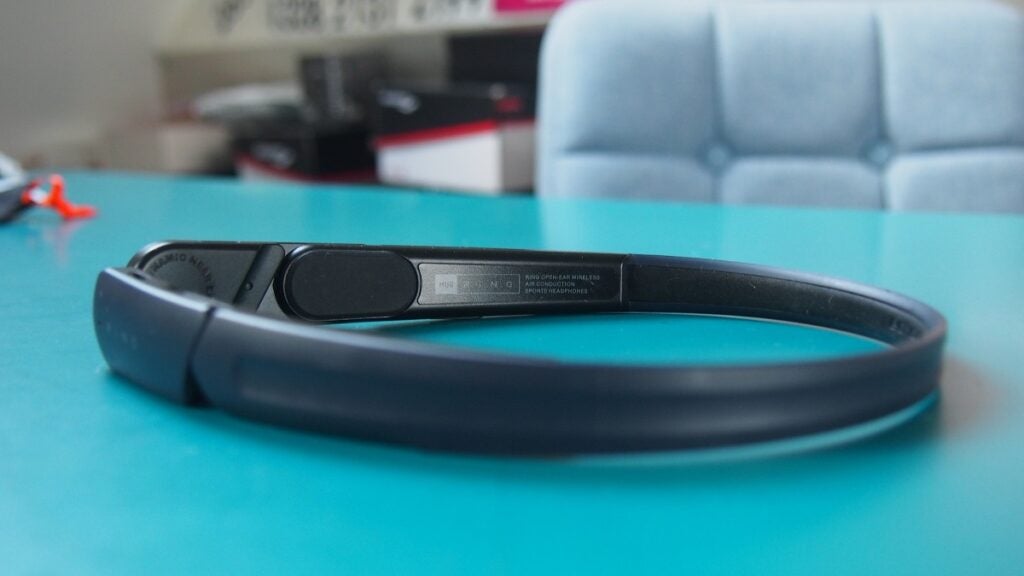
I would definitely question the long-term durability of these headphones, though. While I didn’t experience any issues in my time with them, that plasticky frame doesn’t fill me with hope that the rotating earpieces would survive being thrown into the bottom of a gym bag on a regular basis.
While I don’t exercise with glasses on outdoors, I do sometimes wear them for indoor bike and rowing sessions, and despite the Mu6 website suggesting these do play nice with glasses, I’m not convinced they do that very well. They didn’t slip effortlessly over glasses or alongside them, making them a tough set to recommend for glasses-wearers based on my experience.
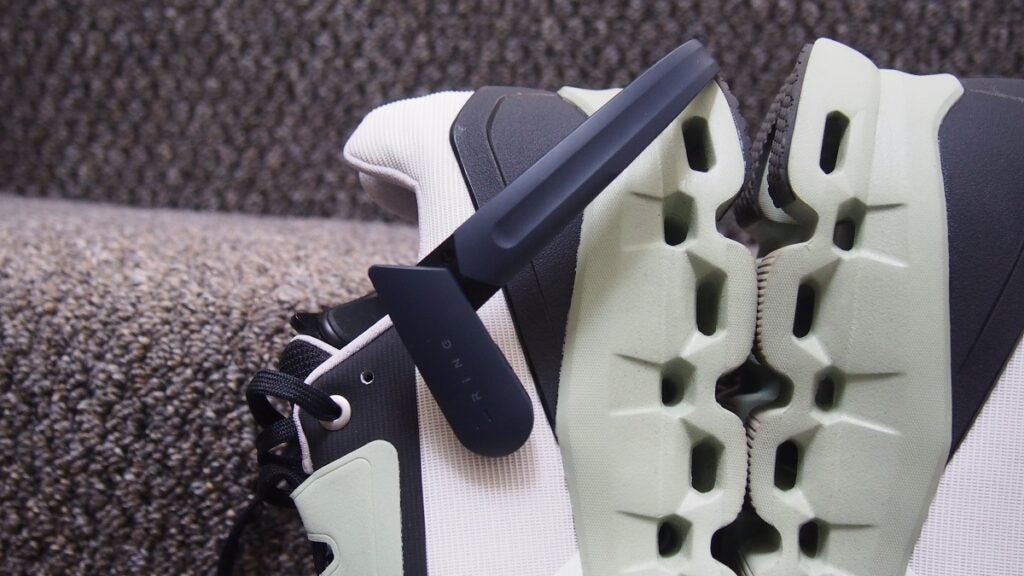
Where these headphones really break from the norm is with their rotating earpieces, which twist downwards towards the front of the ears to greet that open-ear design. Move them closer to the ear for larger sound, move them further away to let in more exterior sound. I can’t help wishing that those rotating earpieces were a little bit smaller. They’re not the sleekest or most stylish headphones to wear out in public, particularly when you compare them to some other headband-style models out there.
You will find some physical controls here, which are within easy reach when you’re running or working out. Sitting on one side of the headphones, a long slim button hosts on/off controls, play/pause, skipping tracks and pressing either end to adjust volume. This button also provides access to your smartphone voice assistant. The length of the control button makes it great to interact with on the move, particularly for tinkering with volume and hitting pause – but it’s definitely trickier to use when you want to skip through songs.
In the box with the headphones you get the micro-USB charging cable; the charging compartment sits beneath the same arm that’s home to the physical controls. There’s also a very thin material storage pouch and some reflective strip stickers, which can add extra visibility for those nighttime runs and rides.
Features
- IPX5 waterproof
- Built-in microphone
- Up to 10 hours of music
Exercising is, of course, a sweaty business, so it’s always desirable to find fitness-focused headphones that actually offer some good protection against it – and also for maybe getting caught in a light rain shower. The Mu6 Ring are listed as waterproof on the website, but I had to do some investigating to discover they carry an IPX5 water-resistance rating.
This means they’re suitable to withstand a low-pressure water spray. In real terms this means they should hold up well against sweat and some light rain. I didn’t get to test them in the rain, but they survived the sweat downpour whilst running, through indoor bike sessions and HIIT workouts.
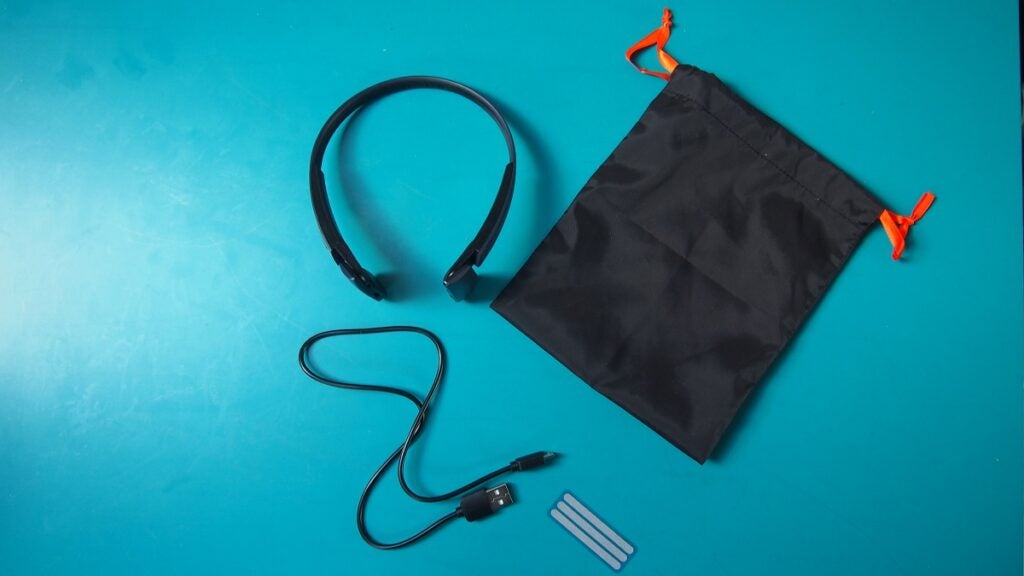
When you’re not listening to music or podcasts, these headphones can handle calls – and they do an okay job as far as call quality is concerned. You won’t get best-in-class clarity here, and when the weather is windy that clarity is an issue. I’d say it’s on par with what you can expect from a lot of bone conduction headphones in this scenario.
A 200mAh capacity battery delivers over 10 hours of battery life, although that doesn’t tell the whole story of how long these headphones will last. If you listen at 70% volume, the Mu6 Ring will likely deliver more than 10 hours, but if you’re listening at maximum volume then that drops to 6.5 hours. Wearing them through an hour’s workout with the volume turned up to the max saw battery life drop-off by 20%. That works out to around 5 hours, so short of the claimed numbers.
Sound quality
- 16mm dynamic driver
- Air conduction technology
The overall feeling you get from using the Mu6 Ring, plus considering how they perform through exercising, is that they’re pretty average. This is true even when you take into account that you’re supposed to still hear sound outside of the headphones. In addition, I also wouldn’t say they offer a huge step up on bone conduction models in this price range, such as the AfterShokz Trekz and the Viddon F3.
First and foremost, the sound delivered by the 16mm drivers doesn’t go as loud as I’d like it to. Granted, there’s a reason to keep maximum volume in check to make them a safer option to use, but I’d still have liked another notch on the volume settings.
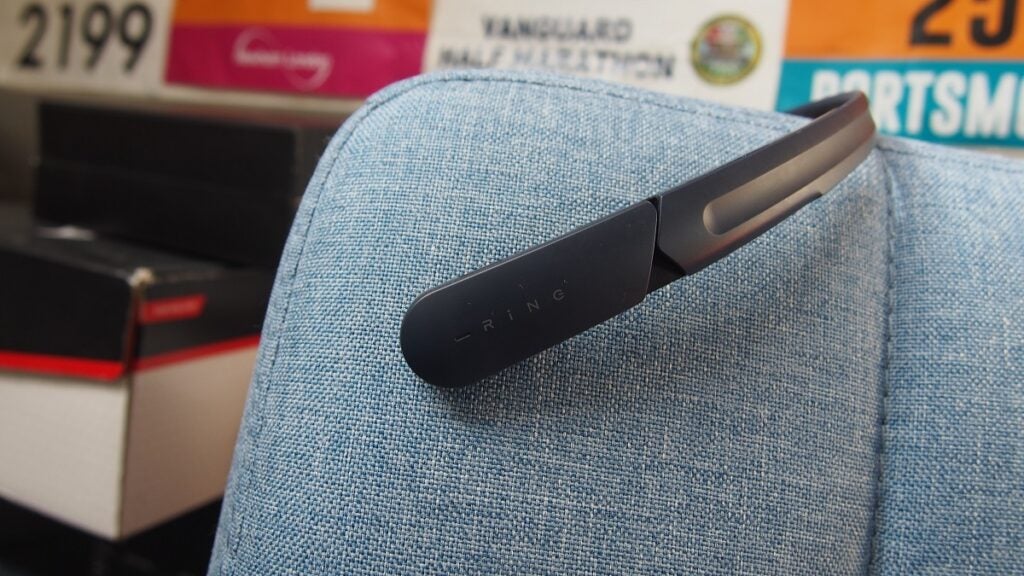
The sound profile in general is underwhelming. There’s no rich, warm bass to enjoy here; it feels a bit muddy, so the Mu6 Ring aren’t a hugely satisfying listen if you favour more uptempo workout music. Neither do they present a satisfying level of detail to make them a great partner for listening to podcasts.
The Mu6 Ring aren’t harsh-sounding; just a bit dull and lifeless. I was hoping that essentially planting two speakers by your ears would offer sound with a bit more personality. Sadly, that wasn’t the case here. Since there’s no accompanying app, there’s no way to tinker with the sound either, so you’re pretty much stuck with what you get.
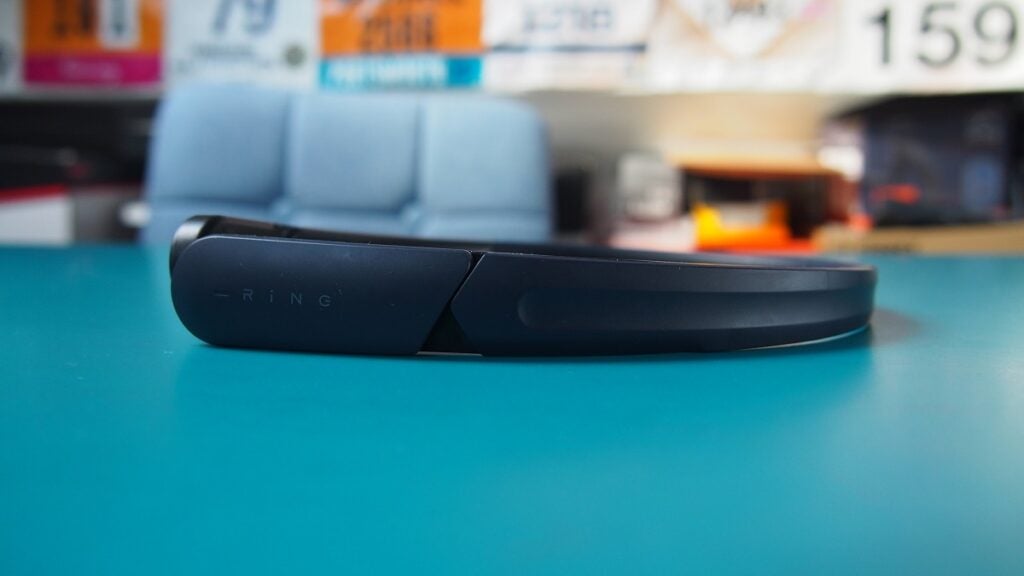
As far as delivering that bone conduction-style experience of letting you hear your sound as well as that around you, they fared better indoors than they did outdoors.
Out running on busy roads, the Mu6 Ring work well enough; they aren’t entirely blocked out by noisy traffic. However, if you’re on your bike or on a run in blustery conditions, you might not get to enjoy a good balance between the sound from the headphones and that externally. In fact, in such conditions when I did eventually hit the quieter parts of my route, looking to enjoy better sound from the Mu6, what they delivered wasn’t particularly worth waiting for.
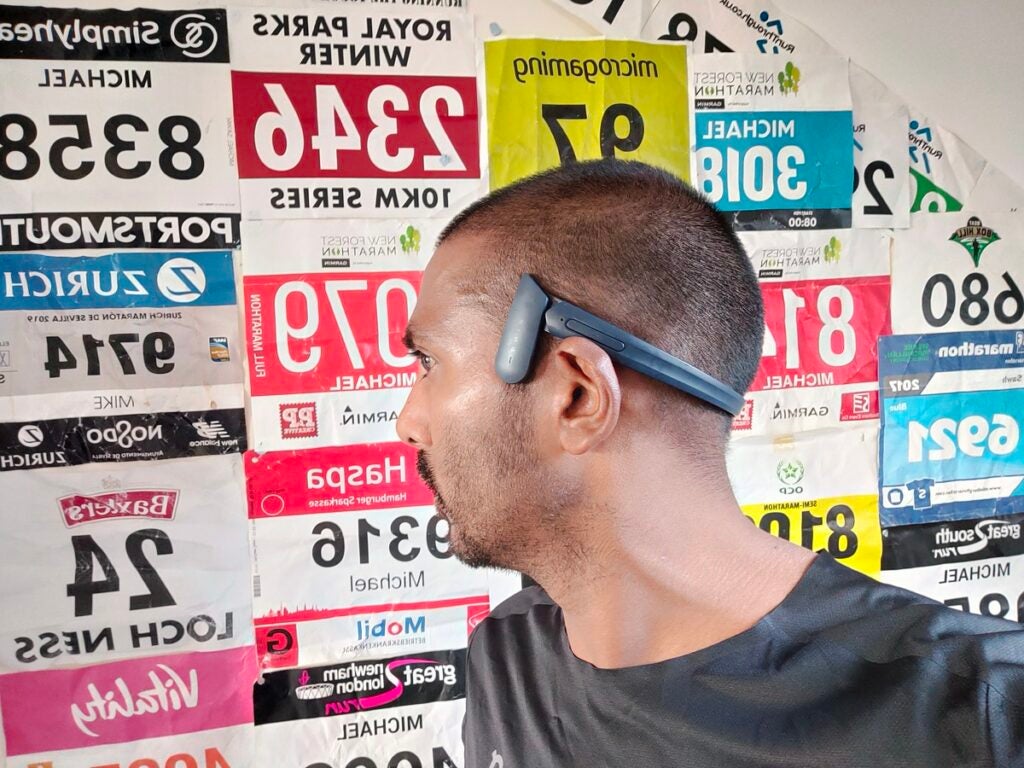
Latest deals
Should you buy it?
You don’t like the idea of bone conduction With the air conduction (speakers by ears) approach, you don’t have to worry about the tickle experience from using bone conduction headphones.
You want great sound for workouts The sound delivered by the Mu6 Ring is pretty lacklustre, both indoors and in busier environments.
Final thoughts
Affordable and workout-friendly headphones for those want to remain aware of their surroundings, the MU6 are let down by average sound quality matched with an awkward-looking design.
How we test
We test every headphones we review thoroughly over an extended period of time. We use industry standard tests to compare features properly. We’ll always tell you what we find. We never, ever, accept money to review a product.
Find out more about how we test in our ethics policy.
Tested over several days
Tested with real world use, indoors and out
Testing with music streaming services
FAQs
Air conducting is where an audio signal travels through the air to reach your ear, as oppose to bone conducting headphones which rest on your cheekbones and play audio through your skull, bypassing your ear canal.
Full specs
The post Mu6 Ring appeared first on Trusted Reviews.
Source Trusted Reviews ,Home Appliances Reviews



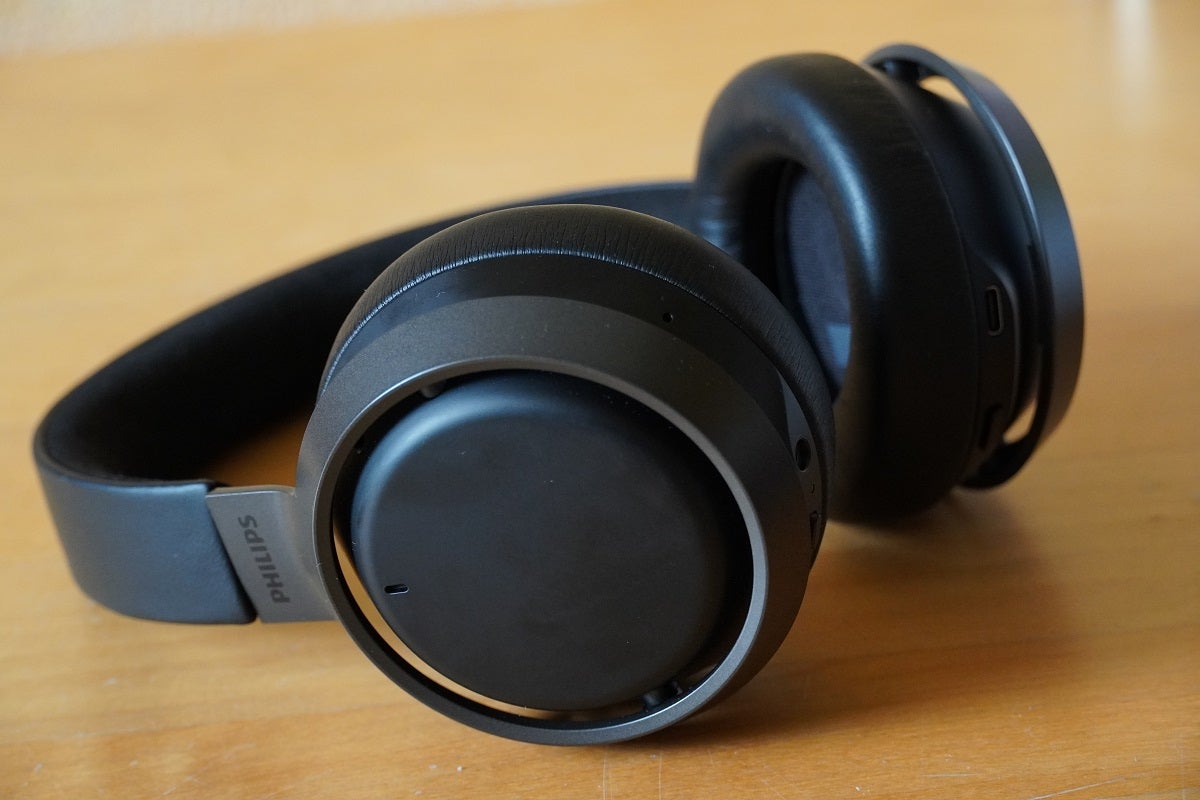

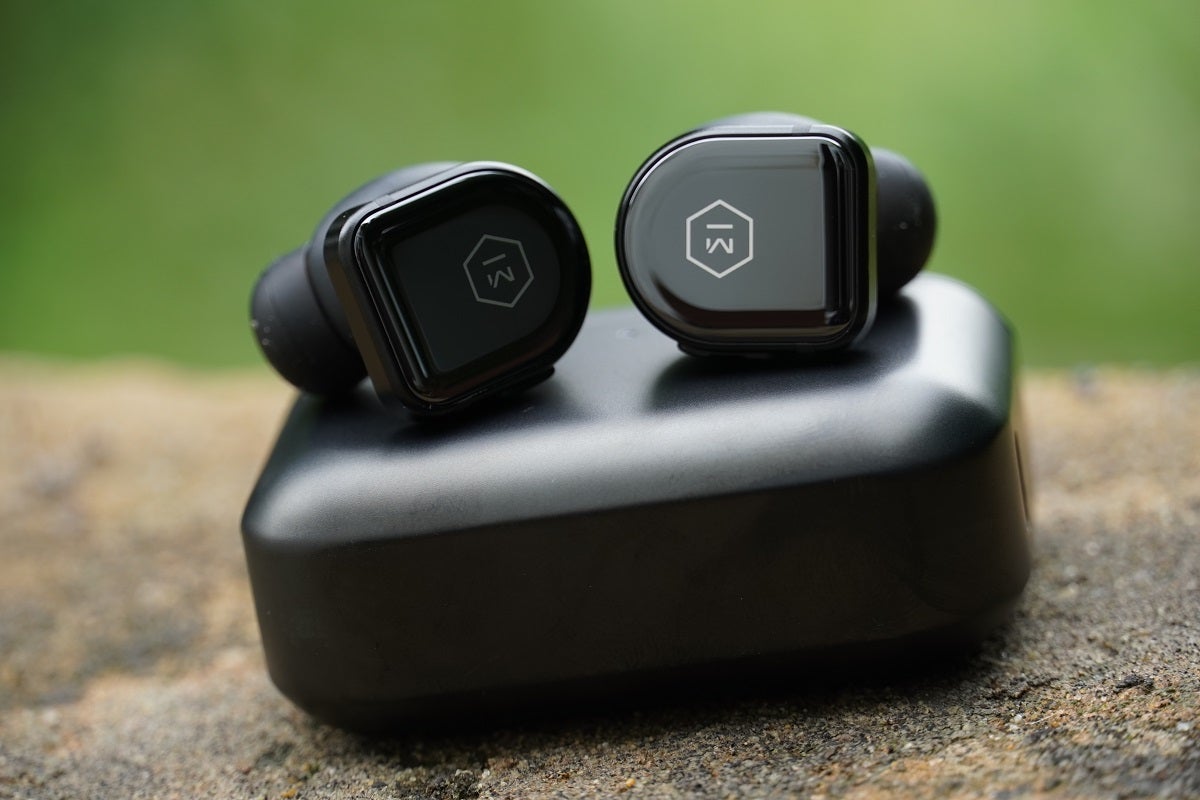

No comments